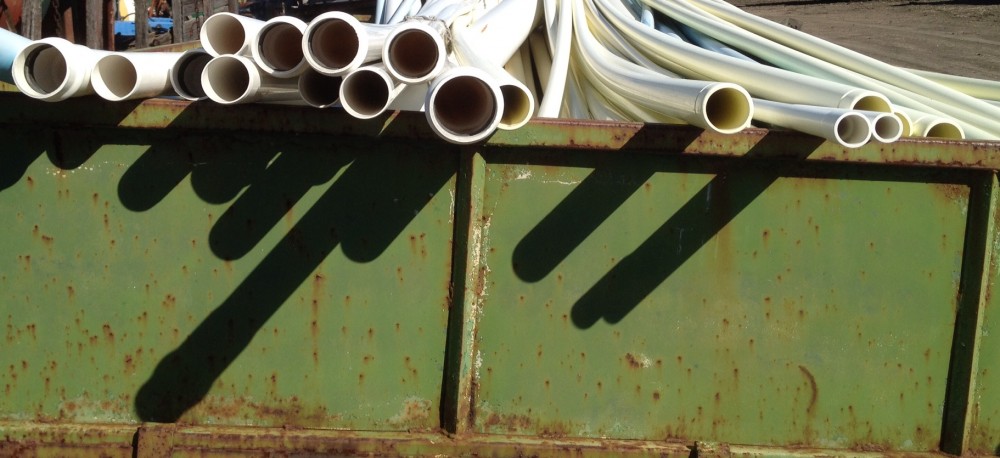Tomorrow is ‘New Story Day.” The question is “Where?”
The last story was “Little Lorraine.” (That story can be found under the Flash Fiction tab.) Little Lorraine and Tiger Hobbes are from the sub-continent of India. India is considered a sub-continent for a number of reasons. It is quite large. By area, India is the 7th largest country in the world – it contains 3.3% of the solid footing on the surface of the planet. With over 1.2 billion people, it is #2 on the list of places people call home – over 25% of the world’s population do their shopping in India. So, if you have a new product to sell, this is the place. India was also one of the original pieces of the single supercontinent of Pangaea. (See the August 18th blog post on Pangaea and Continents). Pangaea is where all the lands started before they broke apart and floated off separately. For a time, India was its own continent. Then, about 35 million years ago, India smashed into Eurasia, formed the Himalaya Mountains and stuck. Wow! That was some collision.
Although India has been connected to Asia ever since, it is very much its own special place. India is home to a vast array of fascinating peoples, places and things to do. If you are looking to visit a sub-continent, this is the only place to go.
Back to Pangaea: The original supercontinent of Pangaea had seven major divisions: Eurasia, Africa, North America, South America, Antarctica, India and Australia. After crashing into Asia, India is now classified as a sub-continent. Australia still floats alone and is considered a separate continent. Size-wise, Australia is the smallest of the continents. When you look at all the countries in the world, however, Australia is way up there at #6 in surface area — one place ahead of India at #7. People are another thing. Where India is #2 on the world-population list, Australia is way down there at #52. There is a lot of open space in Australia and not too many folks “down under.” Australia is referred to by the directional phrase “down under,” because the entire continent lies down under the equator in the Southern Hemisphere. You could also say Australia is “off the beaten track,” meaning it is somewhat remote from more populous and traveled regions. To visitors, it may seem a quiet and out-of-the-way destination. To those who call it home, “off the beaten track” may be viewed as an attractive descriptor of their land.
Australia is very much a land of its own with a wonderful mix of peoples and a diversity of terrains that can challenge the imagination. Stop by and learn more about some of those people and their homes in the new story which is scheduled to post tomorrow morning.
You never know what you may see and hear, there and here.
See you here in the morning,
Grandpa Jim
